Table of content
Oysters, often hailed as the “jewels of the sea,” have captivated human palates for millennia. Their briny, complex flavor and velvety texture make them a culinary icon, equally at home in luxurious banquets and casual seafood shacks. Yet, beneath their unassuming shells lies a secret: oysters are profoundly seasonal creatures, their taste and texture shifting with the rhythms of the ocean. To truly appreciate these bivalves at their peak, one must understand the science, culture, and gastronomy behind the best season to eat oysters. This article delves into the factors that define oyster seasons, explores regional variations, and offers a guide to savoring this delicacy responsibly and deliciously.
The Biology of Flavor: Why Oysters Have a Season
Oysters are filter-feeders, drawing nutrients from the water around them. Their diet—a mix of plankton, algae, and minerals—directly influences their flavor profile. However, their reproductive cycle plays an equally critical role in determining their taste. Like many marine animals, oysters spawn (release eggs or sperm) in response to environmental cues, primarily water temperature. In temperate regions, spawning typically occurs in late spring and summer when waters warm. During this period, oysters channel their energy into reproduction, diverting resources from meat production. This results in thinner, milkier flesh with a softer texture and a less intense flavor.
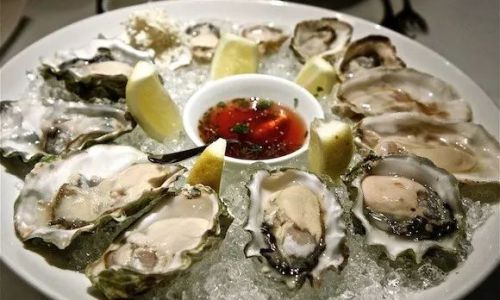
Conversely, colder months—fall and winter—slow oysters’ metabolic processes, allowing them to focus on storing energy and nutrients. The meat becomes plumper, firmer, and more flavorful, with a concentrated brininess and subtle sweetness. Chefs and oyster aficionados often describe this as the “oyster’s prime time,” a period when the bivalves are at their most luxurious.
The “R” Rule: Myth or Reality?
A long-standing adage in oyster lore advises, “Only eat oysters in months containing the letter ‘R.'” This tradition dates back to a time before refrigeration, when consuming raw oysters in warm months (May–August) posed health risks due to bacterial proliferation. Today, modern harvesting, handling, and refrigeration practices have mitigated these concerns, yet the “R” rule persists as a rough guideline.
But science tells a nuanced story. While oysters can be safely enjoyed year-round with proper handling, their flavor and texture are undeniably superior in colder months. Thus, the “R” rule remains a useful heuristic for those seeking peak quality, even if safety is no longer the primary concern.
Regional Variations: Mapping the World’s Oyster Seasons
Oysters are farmed and harvested across the globe, from icy Nordic fjords to tropical lagoons. Each region’s unique environmental conditions—water temperature, salinity, and nutrient availability—shape the oyster’s flavor and define its seasonal peak.
North America: The Atlantic vs. Pacific Showdown
-
Atlantic Oysters (Eastern Seaboard):
Harvested from Canada’s Maritime Provinces to the Gulf of Mexico, Atlantic oysters thrive in cold, nutrient-rich waters. Their peak season runs from September to April, with varieties like Blue Points (Long Island, NY) and Wellfleets (Cape Cod, MA) achieving legendary status in fall and winter.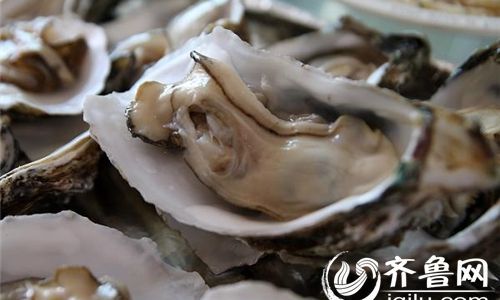
-
Pacific Oysters (West Coast):
Grown along the Pacific Northwest, from Alaska to Baja California, these oysters have a longer growing season due to milder coastal temperatures. While they can be enjoyed year-round, their creamy sweetness and crisp finish are most pronounced from October to March.
Europe: A Tapestry of Terroir
-
French Oysters (Belon, Fine de Claire):
France’s oyster industry, centered in Brittany and Normandy, adheres to strict seasonal harvests. Oysters are typically harvested from September to April, with a brief closure in summer to protect spawning stocks. -
British and Irish Oysters:
Renowned for their minerality, oysters from regions like Whitstable (England) and Galway Bay (Ireland) are prized from September to March.
Asia and Oceania: Tropical Twists
-
Kumamoto Oysters (Japan):
These small, buttery oysters are cultivated in cooler southern Japanese waters, with peak harvests from November to February. -
Sydney Rock Oysters (Australia):
Australia’s iconic oysters are harvested from March to October, avoiding the hottest summer months to ensure quality.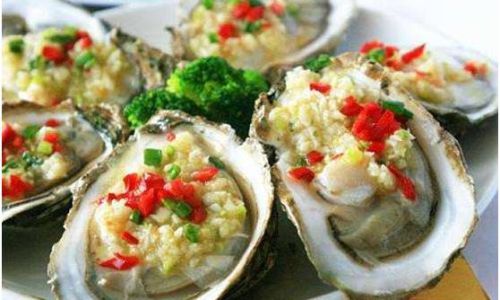
Culinary Applications: Elevating the Oyster Experience
The best season to eat oysters is also the most versatile time to cook with them. While purists prefer raw preparations—served on the half-shell with lemon, mignonette, or a dash of hot sauce—colder months invite culinary creativity.
Raw Presentations: Celebrating Briny Purity
- Classic Half-Shell: Serve chilled oysters with a garnish of ice, lemon wedges, and a selection of sauces (e.g., shallot vinegar, horseradish cream).
- Oyster Shooters: A playful twist, combining oysters with vodka, tomato juice, or spicy Bloody Mary mix.
Cooked Preparations: Warmth and Depth
- Grilled Oysters: Top with garlic butter, parmesan, or bacon and cook until sizzling.
- Oyster Stew: A creamy, comforting dish perfect for winter nights.
- Oyster Po’ Boys: A New Orleans classic, featuring fried oysters on crusty bread with remoulade.
Health and Nutrition: The Hidden Benefits of Oyster Consumption
Beyond their gourmet appeal, oysters are nutritional powerhouses. A single oyster provides:
- Zinc: 76% of the daily recommended intake, crucial for immune function and wound healing.
- Vitamin B12: Essential for nerve health and red blood cell production.
- Omega-3 Fatty Acids: Supports heart and brain health.
However, oysters are also high in cholesterol and sodium, so moderation is key, particularly for those with dietary restrictions.
Sustainability and Ethics: Choosing Responsibly
As demand for oysters grows, so do concerns about overharvesting and habitat destruction. Sustainable practices, such as aquaculture and rotational harvesting, help mitigate these issues. Consumers can support eco-friendly oyster farming by looking for certifications like the Aquaculture Stewardship Council (ASC) label or purchasing from local, community-supported fisheries.
How to Select and Store Oysters
Even during peak season, proper selection and storage are critical to enjoying oysters safely.

Buying Guide:
- Appearance: Shells should be tightly closed or snap shut when tapped.
- Smell: Fresh oysters should smell briny and clean, not fishy or sulfurous.
- Source: Purchase from reputable suppliers with transparent harvest dates.
Storage Tips:
- Store oysters in the refrigerator, covered with a damp cloth (not airtight plastic).
- Consume within 1–2 days of purchase.
The Oyster’s Cultural Tapestry: From Aphrodisiacs to Apéro
Oysters have long held symbolic weight in human culture. Ancient Romans believed they were aphrodisiacs, a notion perpetuated by Casanova, who reportedly downed 50 oysters daily. In France, oysters are a Christmas and New Year’s Eve staple, often paired with Champagne. In the U.S., they symbolize coastal heritage, from the oyster houses of Baltimore to the raw bars of New York.
Conclusion: A Seasonal Symphony
The best season to eat oysters is a convergence of biology, culture, and cuisine. While modern technology allows us to enjoy oysters year-round, there’s an undeniable magic to savoring them in their elemental prime—when the waters are cold, the meat is plump, and the flavor sings of the sea. Whether slurped raw on a half-shell or nestled in a steaming stew, oysters remind us that some pleasures are worth waiting for. So, as autumn leaves fall and winter’s chill sets in, raise a shell to the oyster’s optimal hour—a testament to nature’s rhythm and humanity’s enduring love affair with the briny deep.



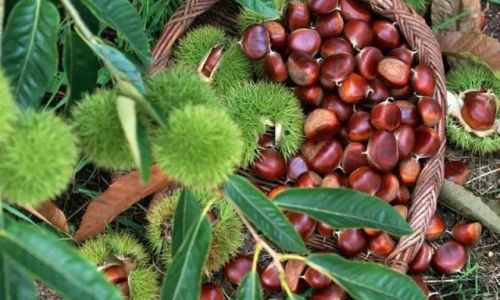
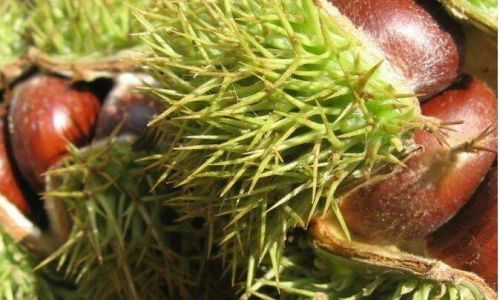
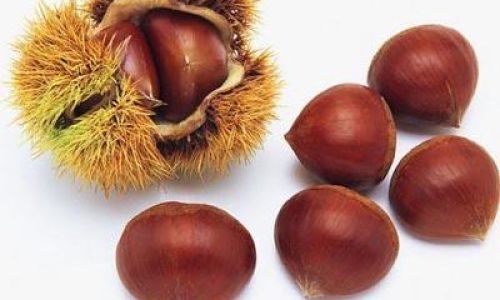
0 comments